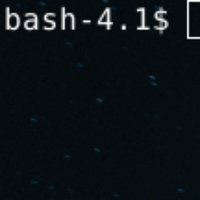
Nasir Ahmad
@nasiryahm
ID: 734059066125881344
http://nasiryahm.github.io 21-05-2016 16:31:34
181 Tweet
315 Followers
372 Following


🦾🔄🧠BayesianBrainers, ActiveInferencers and PredictiveCoders, Check this cool preprint u may like it 👇 The predictive brain in action: Involuntary actions reduce body prediction errors biorxiv.org/content/10.110… Collaboration between Artificial Cognitive Systems Radboud AI & TU München





Are you using DNNs in your work? Then our new paper may be of interest to you: "Individual differences among deep neural network models", now out in Nature Communications: rdcu.be/caG90 A quick run-through:




Postdoctoral Researcher on SNN Robot Control at the Donders Centre for Cognition solliciteren.ru.nl/cgi-bin/share/… via Radboud University @[email protected]


We (Nasir Ahmad; Nasir Ahmad , Ellen Schrader & Marcel van Gerven Marcel van Gerven) are proud to share our recent paper: Constrained Parameter Inference as a Principle for Learning! arxiv.org/abs/2203.13203
